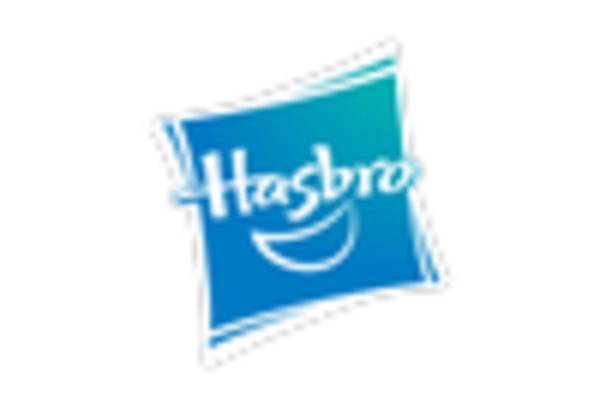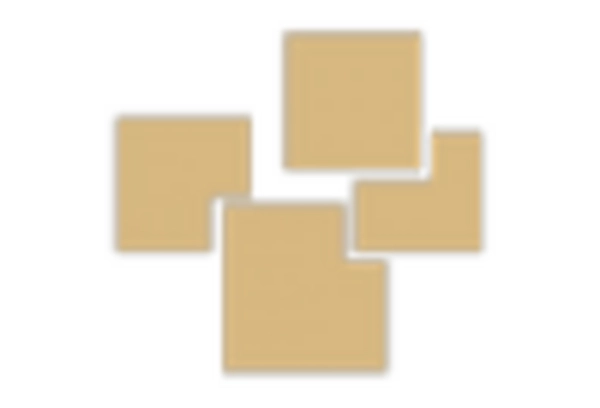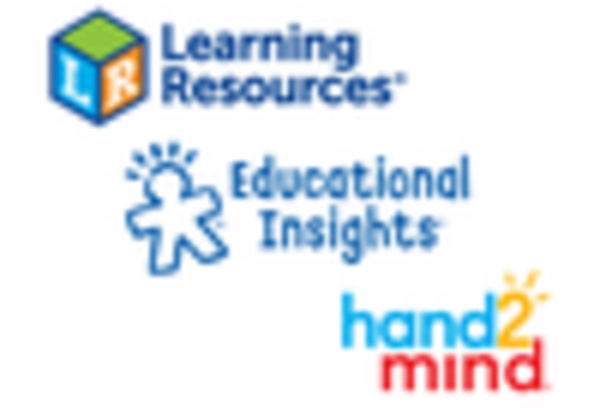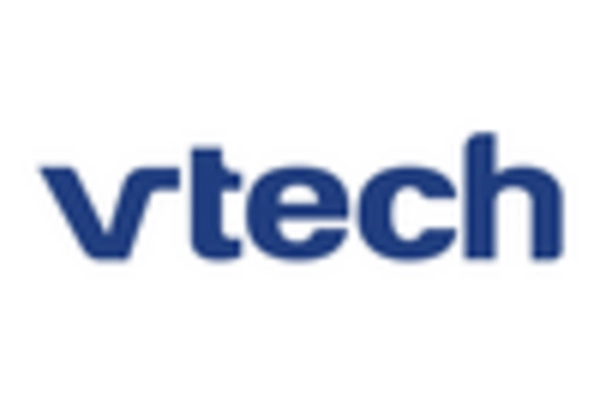Focus on Skill Development
The educational toys market is experiencing a shift towards products that emphasize skill development. Parents and educators are increasingly recognizing the value of toys that foster critical thinking, problem-solving, and creativity. This focus on skill development is driving manufacturers to create toys that align with educational curricula and developmental milestones. For instance, toys that promote STEM learning are gaining traction, as they are designed to enhance children's understanding of science, technology, engineering, and mathematics. This trend is expected to contribute to a projected market growth of 10% in the educational toys sector over the next five years. As a result, the educational toys market is likely to expand with a diverse range of products aimed at nurturing essential skills in children.
Growing Parental Awareness
The increasing awareness among parents regarding the importance of early childhood education is a notable driver for the educational toys market. Parents are increasingly seeking toys that not only entertain but also promote cognitive and social development in their children. This shift in mindset is reflected in the market, where educational toys are projected to account for approximately 30% of total toy sales in the US by 2026. As parents prioritize educational value, manufacturers are responding by developing innovative products that align with educational standards. This trend suggests a robust growth trajectory for the educational toys market, as parents are willing to invest more in products that contribute to their children's learning and development.
Rise of E-Learning Platforms
The proliferation of e-learning platforms has significantly influenced the educational toys market. As digital learning becomes more prevalent, there is a growing demand for toys that complement online educational resources. This trend is particularly evident in the US, where the educational toys market is expected to grow at a CAGR of 8% from 2025 to 2030. Toys that integrate with e-learning platforms or enhance digital learning experiences are becoming increasingly popular. This integration not only enriches the learning experience but also encourages children to engage with educational content in a playful manner. Consequently, the educational toys market is likely to see a surge in products that bridge the gap between traditional play and digital learning.
Emphasis on Social Interaction
The educational toys market is increasingly focusing on products that promote social interaction among children. As parents recognize the importance of social skills in child development, there is a growing demand for toys that encourage collaborative play and communication. This trend is particularly relevant in the context of educational toys, which are designed to facilitate group learning experiences. Toys that require teamwork or group problem-solving are becoming more popular, as they not only enhance learning but also foster social bonds among peers. This emphasis on social interaction is likely to drive growth in the educational toys market, with projections indicating a potential increase of 6% in sales over the next few years. As manufacturers respond to this demand, the market is expected to see a wider variety of products that cater to social learning.
Increased Investment in Educational Initiatives
There is a notable increase in investment in educational initiatives across the US, which is positively impacting the educational toys market. Government and private sector funding for early childhood education programs is on the rise, leading to greater accessibility of educational resources for families. This investment is likely to drive demand for educational toys, as schools and educational institutions seek to equip children with the necessary tools for learning. The educational toys market is expected to benefit from this trend, with an anticipated growth rate of 7% annually as more educational institutions incorporate these toys into their curricula. This influx of funding and resources suggests a promising future for the educational toys market, as it aligns with broader educational goals.

















Leave a Comment